What fun! It’s surprising how many clever people there are who can recognise birds from both ends. This week’s post shares front view images of last week’s mystery rear ends. I’ll respond to last week’s comments as soon as I can.
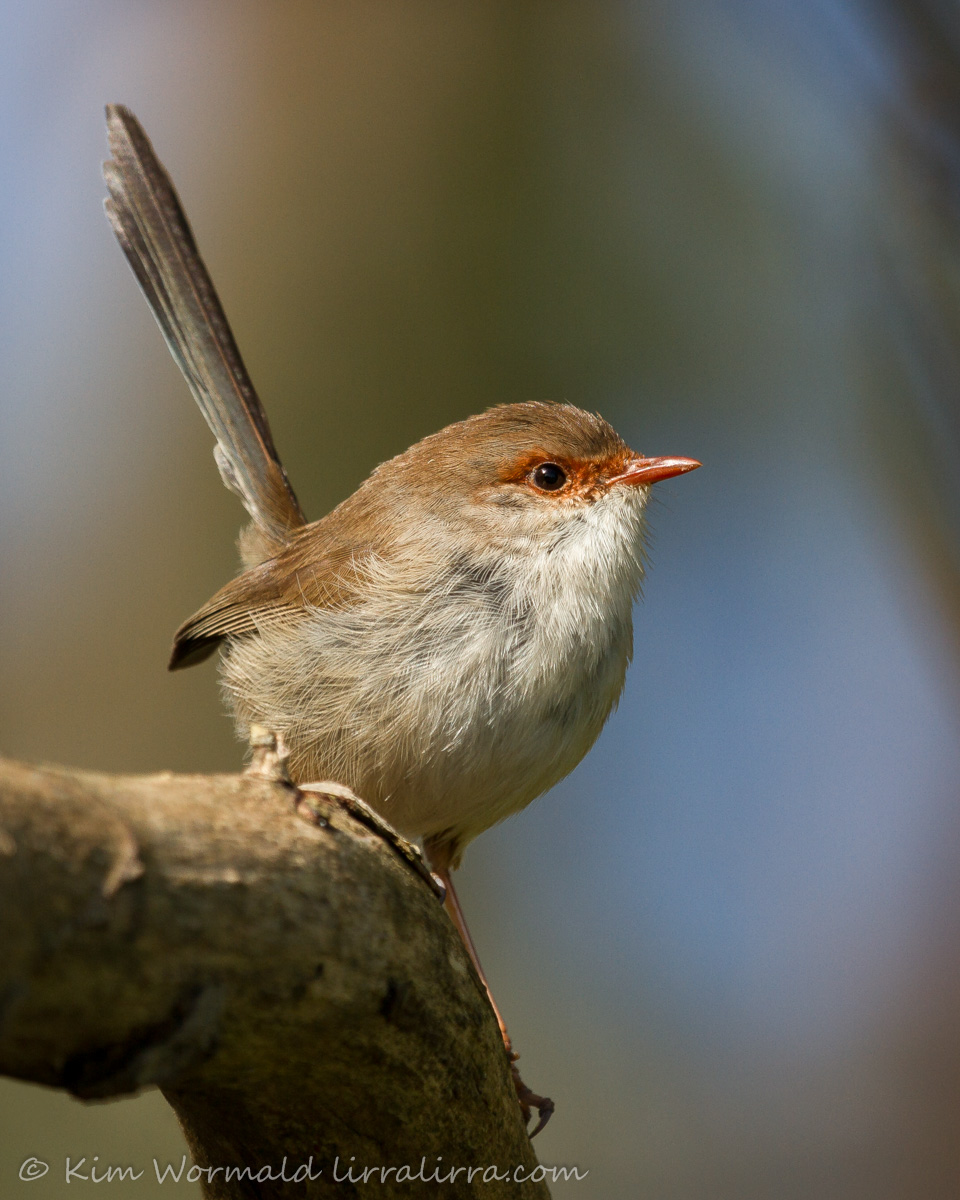
Rear View Mystery 1 revealed
Superb Fairy-wren – female
Superb Fairy-wrens are iconic little birds that move fairly quickly and can be tricky to capture, from either end. In the image above I like the way her left leg and foot are stretched along the branch. Just about everyone identified last week’s rear view as a fairy-wren but several suggested a different species or gender.
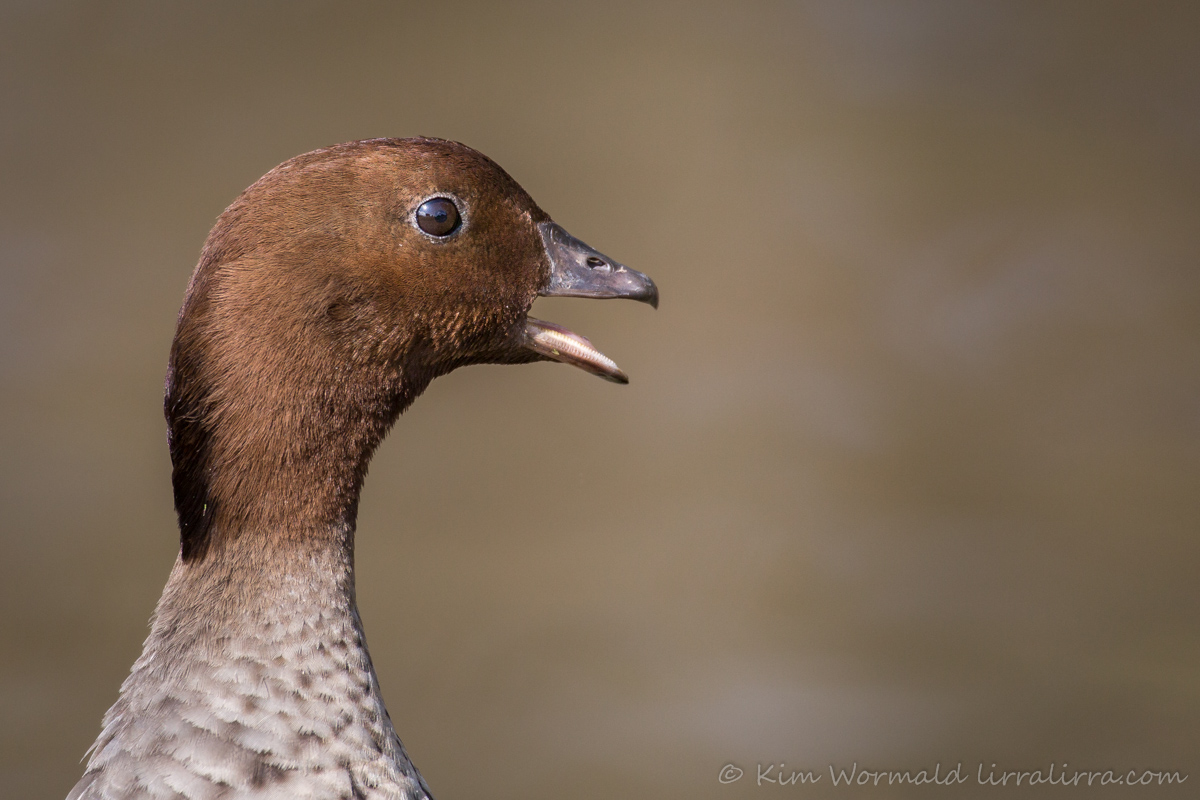 Rear View Mystery 2 revealed
Rear View Mystery 2 revealed
Maned Duck/Australian Wood Duck – male
Maned Ducks have nested just across the fence at my place this year. Sometimes they use a hollow in the old gum tree near my garage, which is fantastic as I get to see them coming and going from my study. One year I was lucky enough to see the nestlings floating down from the hollow, it was an amazing sight.
The official name of this species has changed more than once; I used to think it was kind of quaint when old folk used old names for birds – now it’s catching up with me.
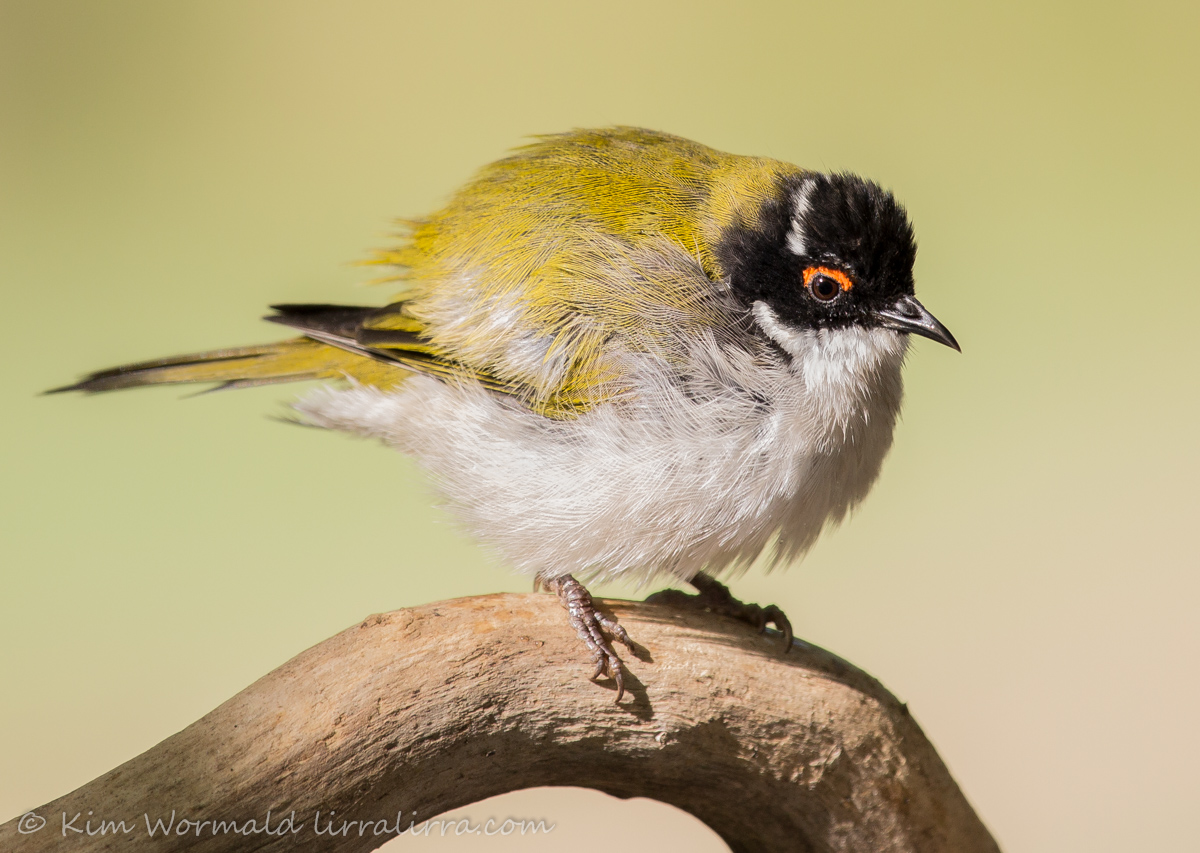
Rear View Mystery 3 revealed
White-naped Honeyeater
White-naped Honeyeaters are lovely little birds that flit around as quickly as most small birds. It was this bird that gave me the ‘rear view’ idea for this year’s mystery birds. It’s rear view stumped quite a few commentators though the glimpse of the white nape helped others. I’ve just realised the nape probably wouldn’t have been easily seen on a mobile.
Rear View Mystery 3
White-naped Honeyeater Triptych – “Bird Photography”
I created this triptych a few years ago and called it ‘Bird Photography’. All three images were taken within one second. A couple of people mentioned in last week’s comments that they thought the middle image was two birds and I can totally understand why; they sure have a lot of feathers!
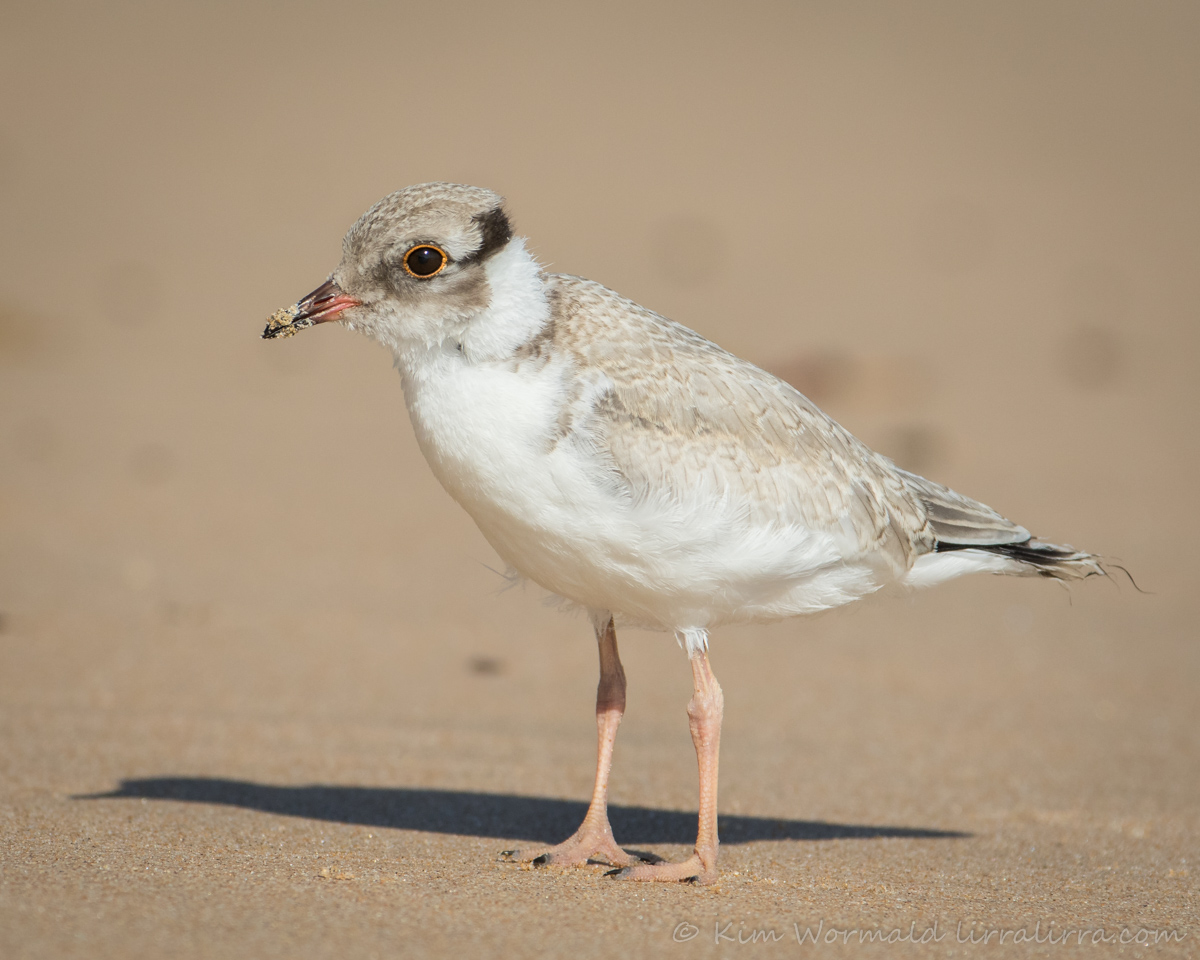
Rear View Mystery 4 revealed
Hooded Plover – chick
Hooded Plovers are an endangered species that nest on beaches in some parts of southern Australia. The chicks cannot fly until they are 5 weeks old which makes them vulnerable to natural predators, human beach users and especially dogs. I have several posts about hoodies, their plight, and how you can help – use the search box if you’d like to know more.
Not many people would be familiar with this species so it was good to see so many correct responses.
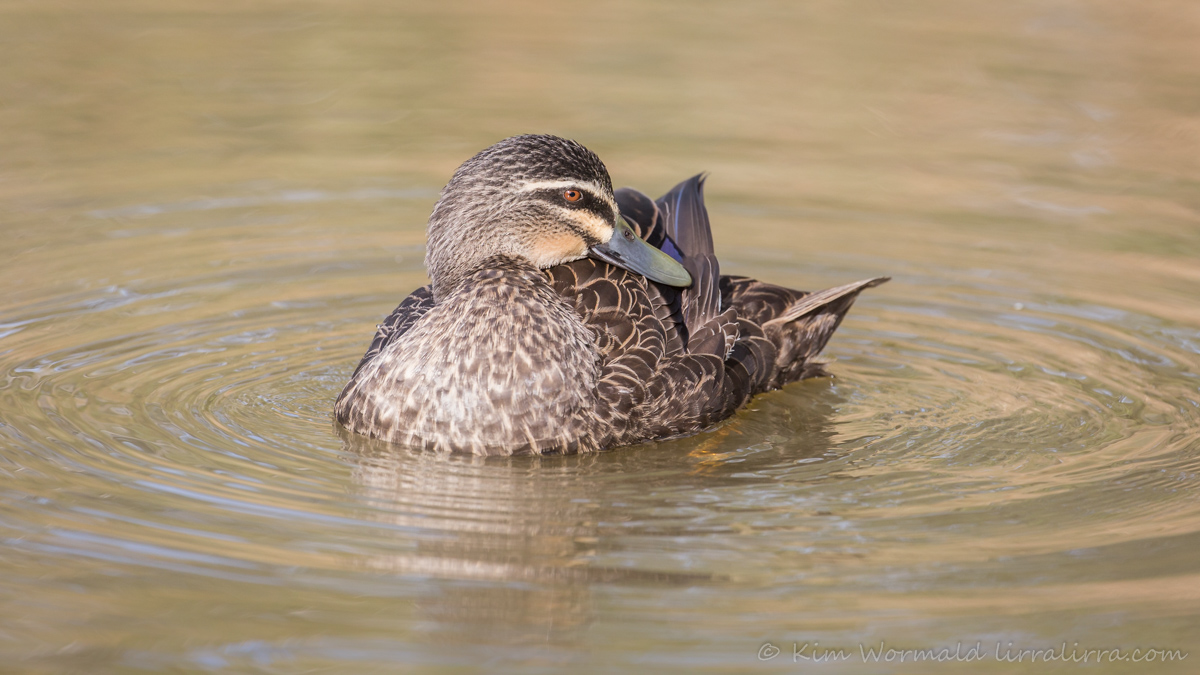
Rear View Mystery 5 revealed
Pacific Black Duck – with a little Mallard in the mix
Pacific Black Ducks are often seen at ponds, lakes and wetlands. Pure bred blackies have greyish-green legs, those that have some Mallard in the mix have orange legs. I was impressed that this detail was picked up by a couple of people in last week’s comments.
Rear View Mystery 6 revealed
Grey Fantail
Several of last week’s commenters thought that the rear view of this bird could have been a fairy-wren, I took the shot and I agree with you, but it’s definitely a fantail.
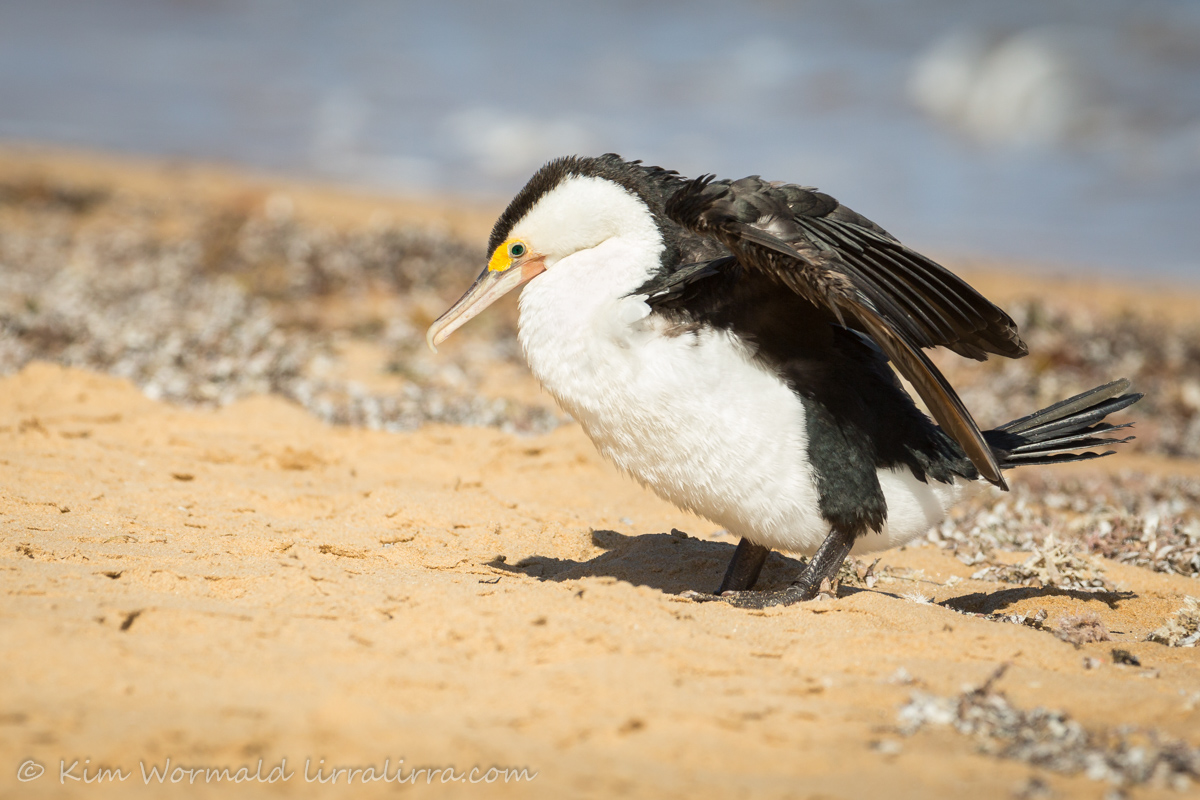
Rear View Mystery 7 revealed
Pied Cormorant
This Pied Cormorant was creatively named by a commenter last week as the Pink Spot Flat Butted Black Gull. I’ll never think of Pied Cormorants in quite the same way again.
Rear View Mystery 8 revealed
Helmeted Honeyeater
Helmeted Honeyeaters are a critically endangered sub-species of the Yellow-tufted Honeyeater. They are larger than their cousins and have a distinct ‘helmet’ of feathers. Last week’s image clearly showed the tufts protruding from either side of the bird’s head, prompting the Wildlife Warrior to call it a Devil Bird. There is a small population at Yellingbo, east of Melbourne, that is supported with a supplementary feeding program. Once a fortnight a friend and I head out to see these little beauties.
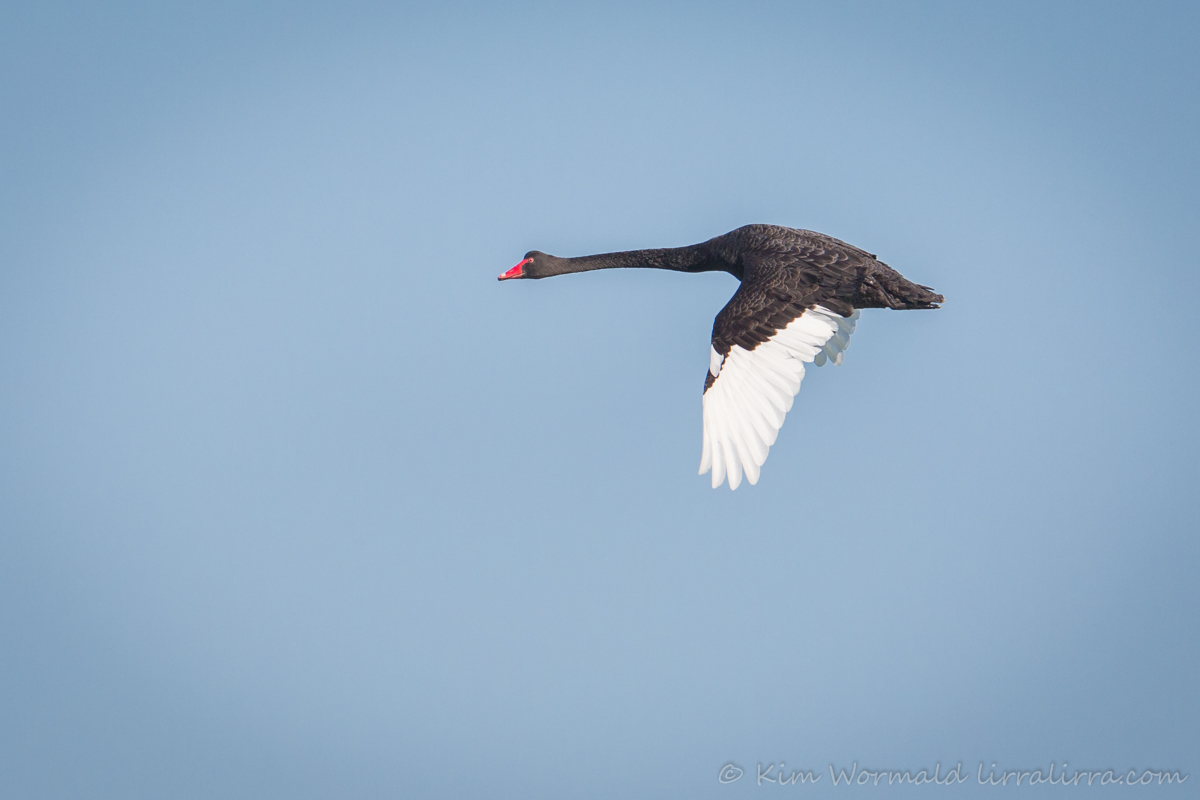
Rear View Mystery 9 revealed
Black Swan
Rear View Mystery number 9 wasn’t of ducks, cygnets (though that’s close enough) or even toads but of adult Black Swans upended as they fed on water weed from the bottom of a pond at the Western Treatment Plant.
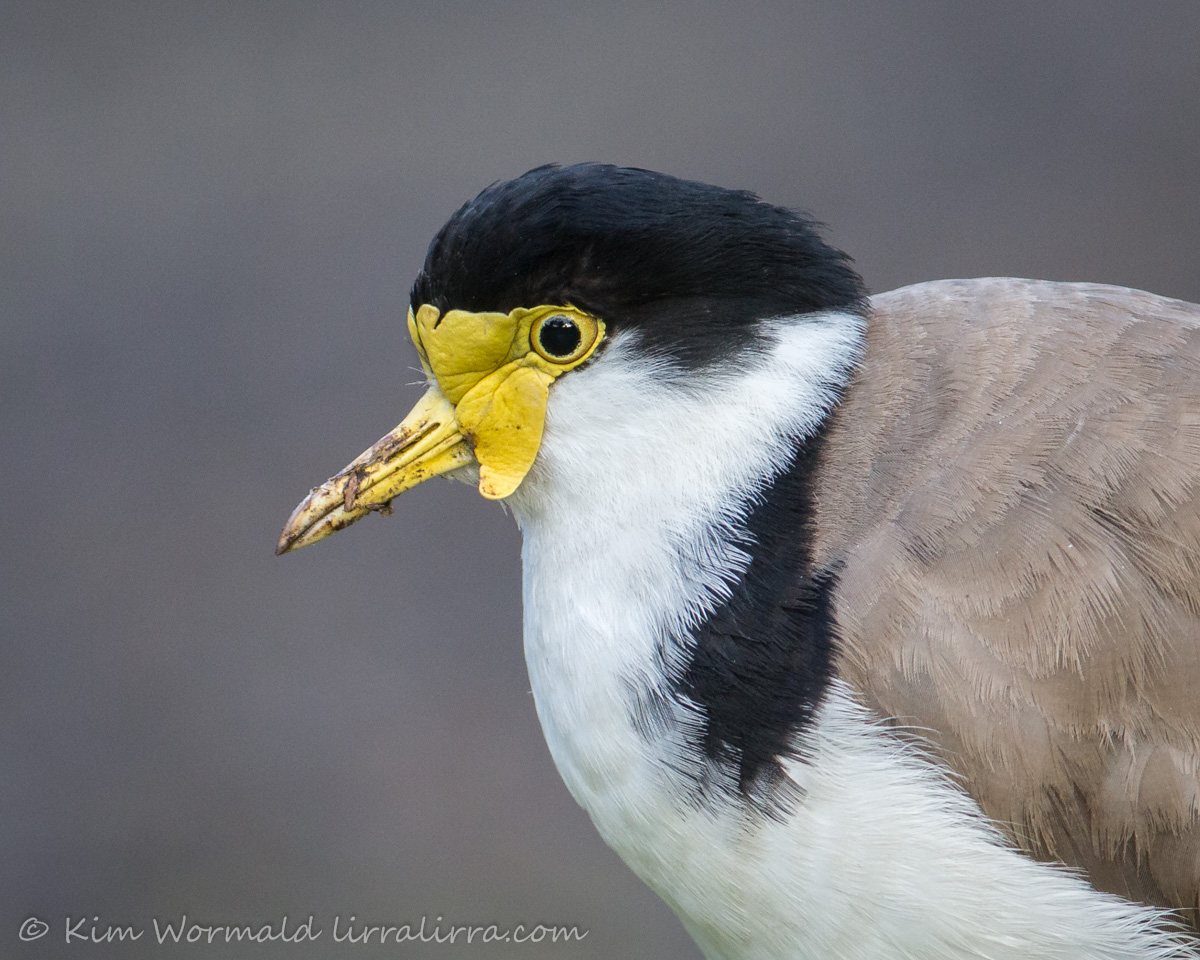
Rear View Mystery 10 revealed
Masked Lapwing
The Masked Lapwing is another bird that has had a name change, many people still refer to it as a Spur-wing Plover or even just a plover. Its range overlaps that of the Hooded Plover and many tourists and locals confuse the two, mistakenly thinking that the team of dedicated volunteers are focussed on the lapwings rather than the much smaller hoodies. Masked Lapwings often nest on grassy areas and are known to vigorously defend their chicks by swooping at intruders – they deserve much admiration I think.
I enjoyed the responses to the quiz, the skills and the laughs – thank you!
Happy birding
Kim
~ thank you for visiting and commenting
~ if you would like to join the subscribers who receive a weekly email letting them know when lirralirra has been updated please use the ‘subscribe’ box above right
.

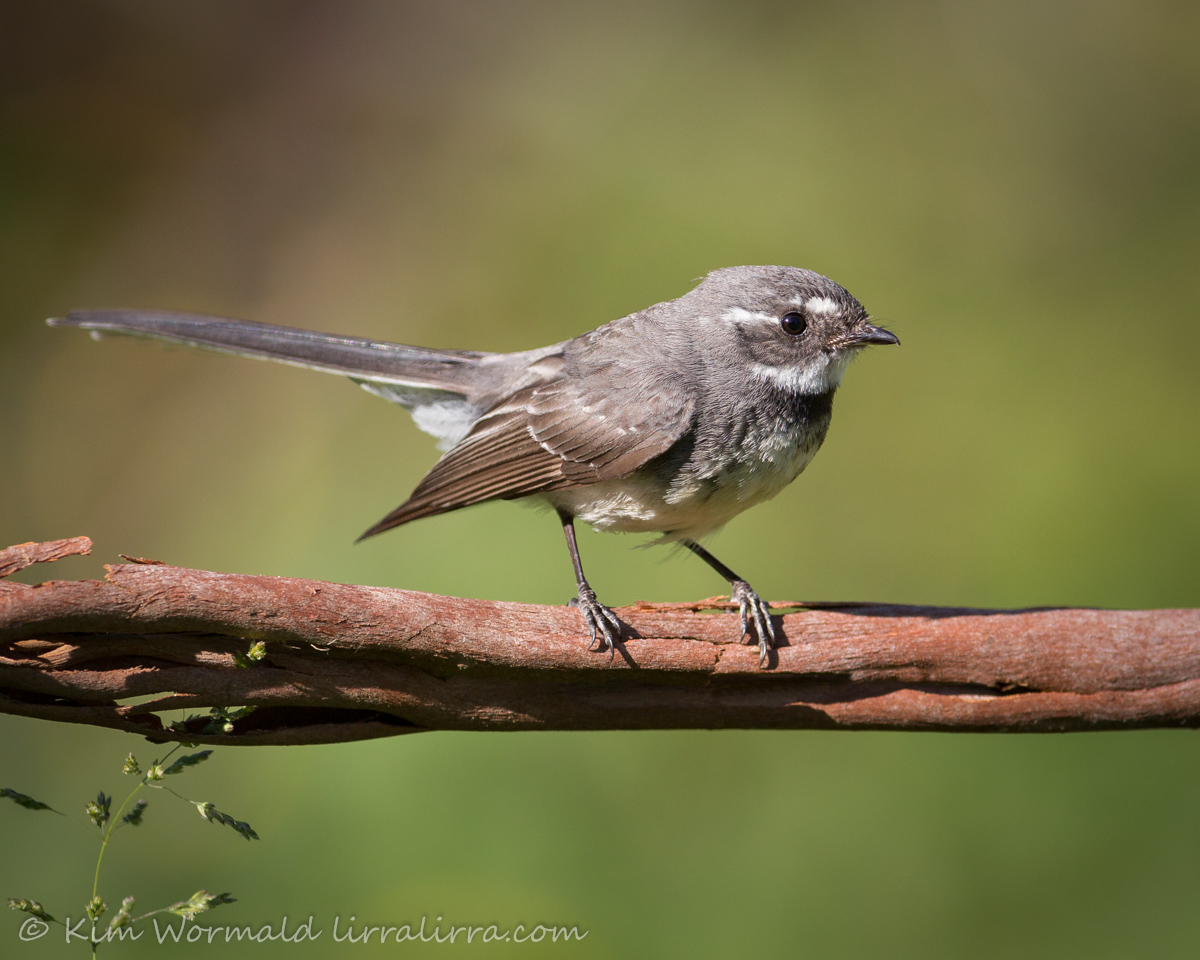
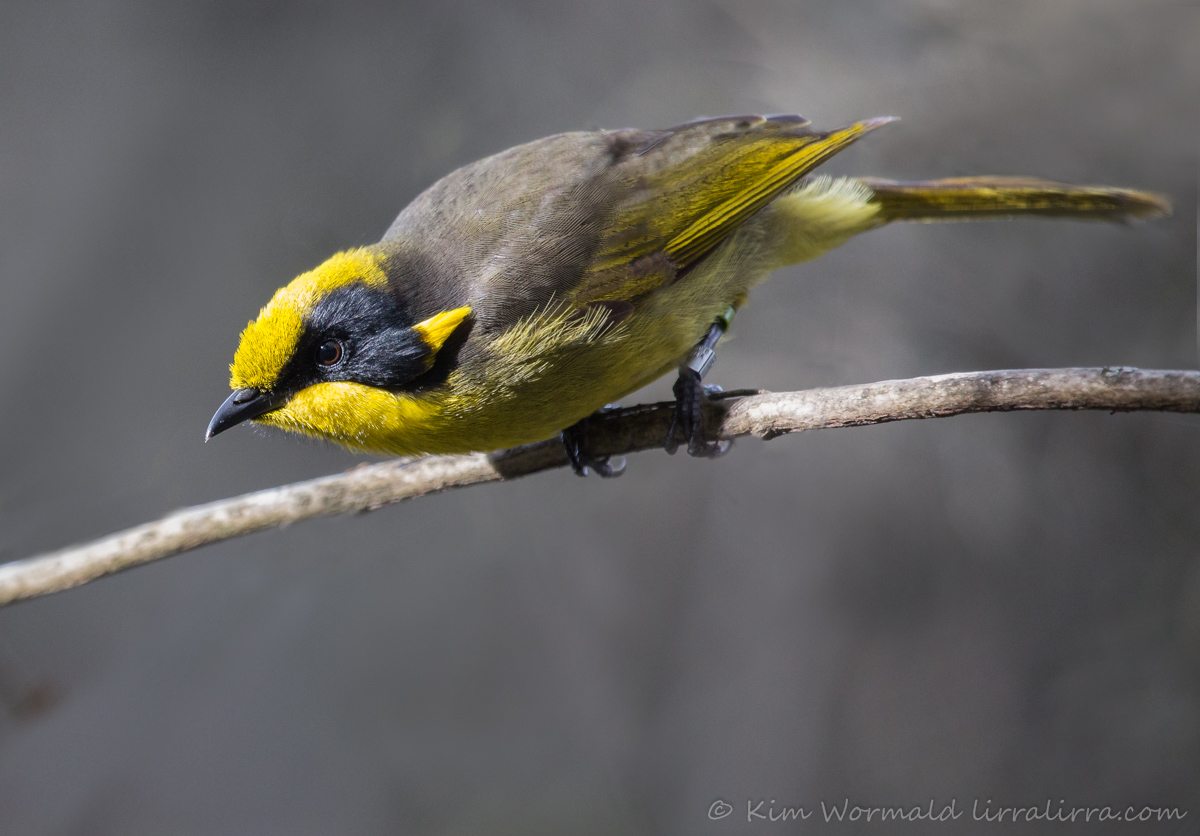

Actually, pure-bred blackies can have dull orange legs too, but this blackies legs were a teeny bit too orange to not be a hybrid.
Yes, true, they can be a bit orangish (if there is such a word), especially when breeding. Now I’m wondering if you are an ornithologist…
Hahaha, no. I just happen to know a lot!
Thanks Kym,
I am happy with my 55% correct and the laughs in the comments!
I make it more than that Robbo, awesome! I’m glad you enjoyed the laughs, me too, just what I needed 🙂
Lovely pictures in the reveal! I’m glad I got some right!
Thanks Alyssa, I’m glad you enjoyed the reveal and congratulations on getting some right 🙂
Epic fail.
What can I say, I am just not a butt woman.
Loved the series though.
I think looking at the front end is by far the best option EC!